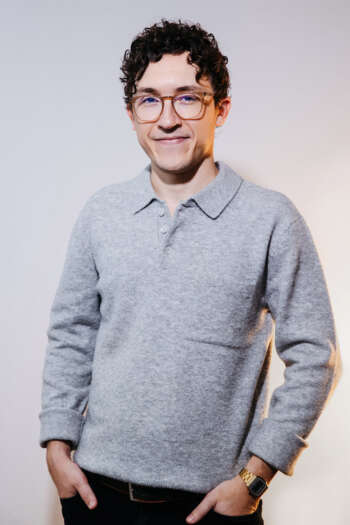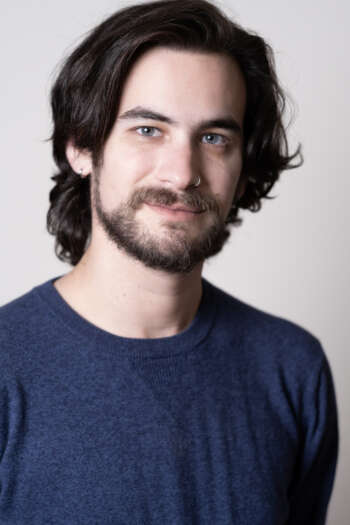If we're going to talk about eating disorder therapy, we need to engage the question of just what we mean by the word disorder and their related labels. Like so many diagnostic terms, anorexia, bulimia, body-dysmorphic disorder and their ilk have emerged from the obscurity of the Diagnostic and Statistical Manual and into the lexicon of our daily lives. There are variably those who assert that nearly everyone has some manifestation of an eating disorder and those who believe these terms to be over-used.
The topics of eating, disordered eating and relating to our bodies are so much more complicated than knowing what to eat, when, and how much. They have meaning and power and can create secret, sometimes shameful universes within our lives. Thoughts that revolve around food, body and size in a seemingly endless loop are thoughts that are not being used for creating a life you want to live. Therapy can help create new ways of viewing and living in our bodies and with food. Talking about eating, our body and food in therapy can change our relationship with all three.
We believe that eating disorder therapy, or more broadly, the cure for painful challenges with food and relating to our bodies (which is to say eliminating the painful struggle and not necessarily the need to examine and develop how we relate to food and the bodies we exist in—that’s rightly a life-long struggle) needs to go beyond changing thinking and behaviors.
It is only as bodies that we relate to the world and to other people (by way of relating to their bodies, of course). Our experience in our bodies (as bodies, really) is our experience of the world. If there’s a fracture in how we care for those bodies, how we live in those bodies and how we fuel those bodies, that fracture is a relational fracture. If we can heal relationally, be less private in our seeing and evaluating our bodies, the work to change how we see and feel about those bodies will be transformed.





